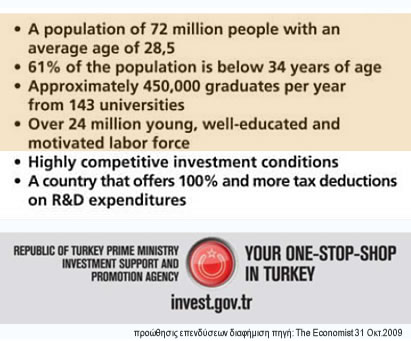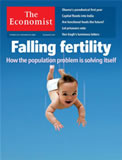Muslim demographics and Islamophobia
It is common knowledge that Europe has a rapidly growing Muslim population, and makes up roughly 5% of the total European population. But to believe that Muslims will change the demographics of Europe - as is claimed by the film below is beyond comprehension.
In a BBC analysis (Aug. 2009) of the film's claims, Walter Radermacher the current EU chief statistioner agreed the statistics and projections used in the film, and a host of other fabricated claims should not be taken at face value. But in our review of demographic trends, it is important to at least look at the impact of Europe's unchecked immigration, and how unconvincingly, it is said to contribute ot our posterity.
further observations from the above film:
1. The film begins with the statement "for a culture to maintain itself .." and is used assuming the premise - that the audience has a working definition of culture and is understood in the context of demographic trends. I think it is an erroneous assumption to start that argument.
2.
The larger issue the film erronously addresses is of another said Islamic revival manifested in the political realm - a transformational revival supposedly evident in Europe. The producers of this propagandistic film remain unknown, but have succeeded in opening a discussion of Europe's unchecked immigration.
3.
Many EU governments are ignoring the consequences of an unchecked immigration policy; and its impact on long term social cohesion. They discount the role of religion as a societal institution, refuse to periodically collect statistics on religious attitudes, and hence there exists a state of paralysis - since they don't have the data to engage with its majority constituent communities.
4.
Any long term population estimates will depend on whether the high levels of immigration into Europe will continue? Ditto also with the immigrant's fertility rate; will it eventually converge with each of the host nation's?
5. Anxieties are becoming more prevalent, and politics alone will not help arrest the growing climate of Islamophobia in the West. In 2008, around 150 000 people° mostly from Asia were detained entering illegally into Greece.
° over 400 illegals per day [Hellenic Migration Policy Institute 2008 estimate]



